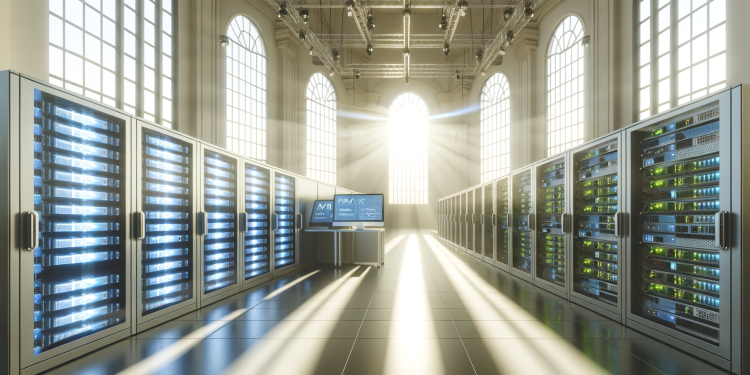The Rise of AI in Cybersecurity: Opportunities and Risks is a topic that has seen immense attention in recent years. With the increasing sophistication of cyber threats and the growing digital landscape, the use of Artificial Intelligence (AI) in cybersecurity has become a necessity rather than a luxury. The integration of AI in cybersecurity not just enhances threat detection and defense mechanisms but also poses certain risks related to data protection and privacy. This article delves into the technical details of the use of AI in cybersecurity, discusses specific security threats, vulnerabilities, and challenges, and provides concrete steps for mitigating these risks.
AI in Cybersecurity: A Game Changer

AI has transformed the cybersecurity landscape by automating and enhancing threat detection and response. For instance, AI can analyze vast volumes of security event data in real-time using machine learning algorithms. According to a report by Capgemini, 69% of organizations acknowledge that they cannot respond to critical threats without AI. Specific platforms like Darktrace’s Enterprise Immune System use AI to detect unusual behavior within a network, identifying threats in real-time.
Opportunities and Advancements
AI offers numerous opportunities in cybersecurity, including advanced threat detection, improved response times, and automation. For example, AI-powered Security Information and Event Management (SIEM) systems, such as IBM’s QRadar, leverage machine learning to identify and prioritize potential threats. This allows security teams to focus on high-priority risks, improving response times. Additionally, AI can automate routine security tasks, freeing up time for security professionals to focus on more complex issues.
Risks and Challenges

Despite the opportunities, AI in cybersecurity also presents several risks and challenges. The most notable is the risk to data protection and privacy. AI systems require vast amounts of data for training and operation, which can potentially expose sensitive information. There are also concerns about AI being used maliciously. For instance, threat actors could use AI to automate attacks or create more sophisticated malware, as seen in the case of DeepLocker, a new breed of highly targeted and evasive attacks powered by AI and machine learning.
Best Practices for Integrating AI in Cybersecurity
Integrating AI into your cybersecurity strategy requires careful planning and implementation. Here are some best practices:
- Ensure data privacy: Implement robust data protection measures, such as data anonymization and encryption, to protect sensitive data used by AI systems.
- Adopt a layered approach: Use multiple AI tools to cover different aspects of cybersecurity, such as threat detection, response, and risk assessment.
- Keep systems updated: Regularly update AI systems to ensure they are equipped to deal with the latest threats.
- Train staff: Ensure your security team understands how to use AI tools effectively and is aware of the associated risks.
By following these best practices, organizations can leverage the benefits of AI while mitigating the associated risks.
Conclusion

The rise of AI in cybersecurity presents both opportunities and risks. While AI can enhance threat detection and response, it also poses risks to data protection and privacy. By understanding these risks and implementing best practices, organizations can effectively integrate AI into their cybersecurity strategies. As AI continues to evolve, it will undoubtedly play an increasingly crucial role in cybersecurity.
Thank you for reading this article. For more in-depth technical articles on cybersecurity and technology, please explore our other articles.









